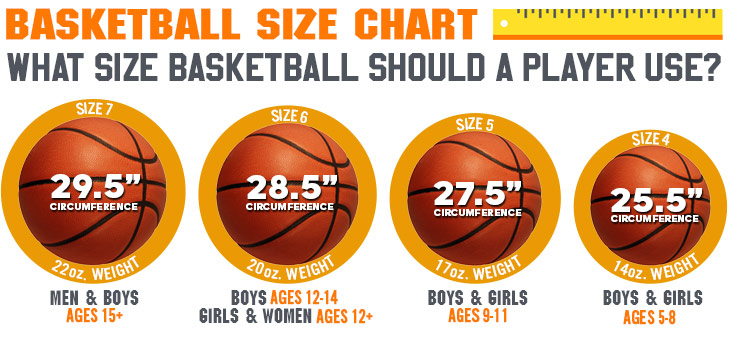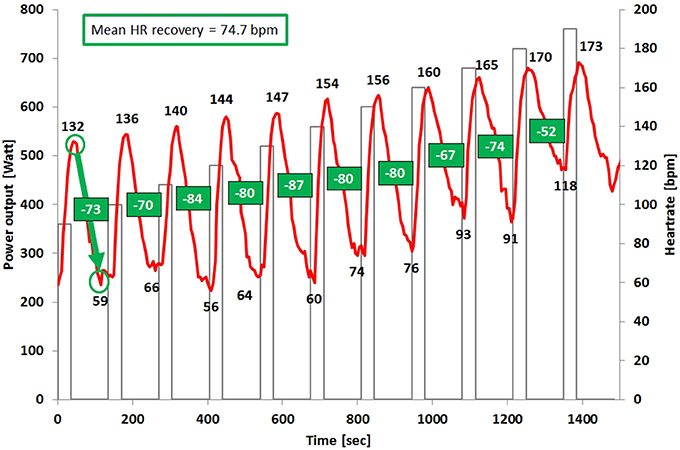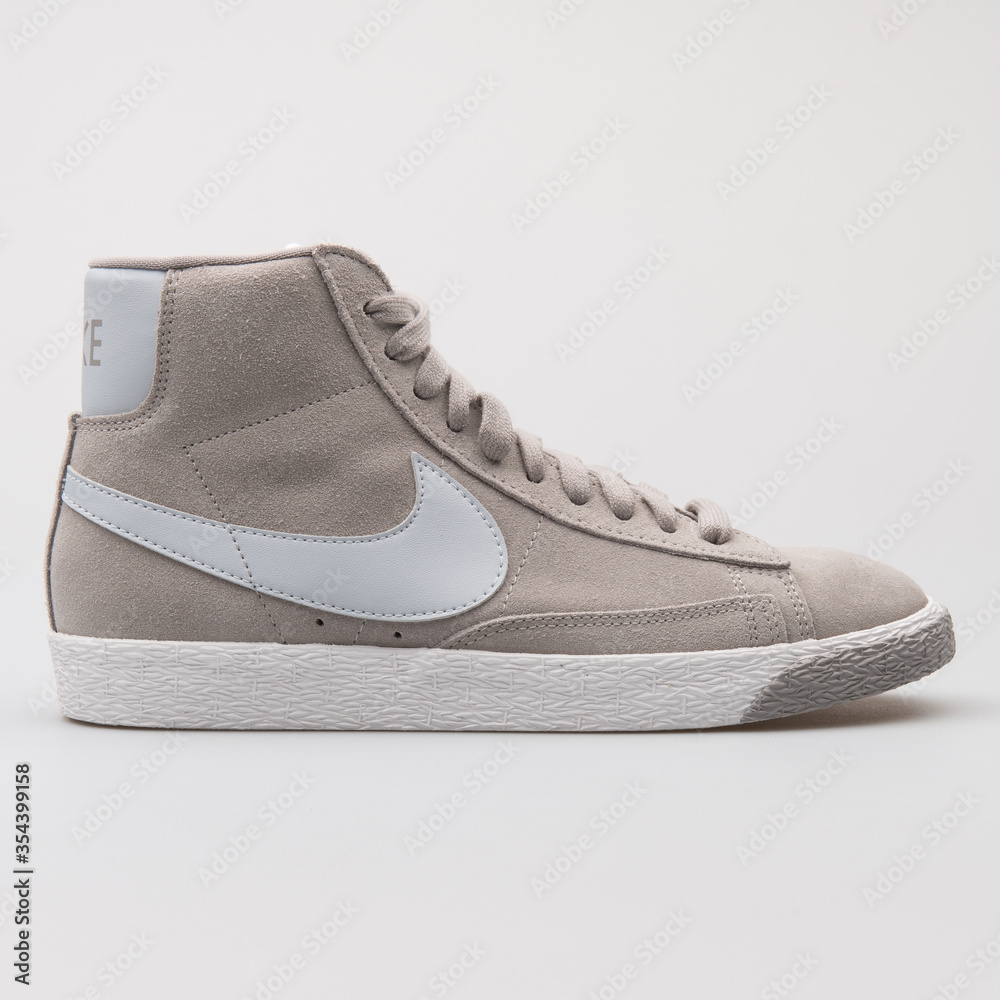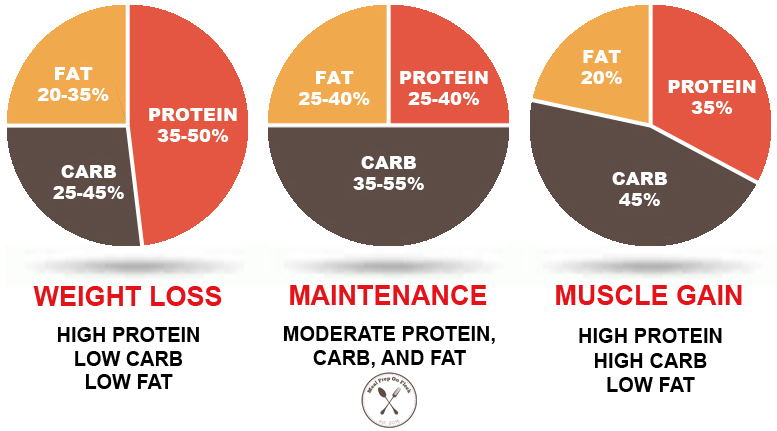In this post, I want to shift away from all of the intense and heart-rate pumping talk to something a little bit more calming: stretching. I must admit, I am not the best at this before and after my workouts. Usually, I just want to get started right away or want to get out of the gym as soon as possible and go eat… However, stretching is extremely important and should not be overlooked.
For one, stretching before a workout really gets your muscles warmed up for the intense movements and stresses you might be putting on them. In fact, stretching (not just because of an upcoming workout) keeps muscles loose, relaxed, and increases their range of motion. Now, stretching can entail different routines for everyone. For some, it can mean a controlled set of exercises that focus on the core muscles to be used during a workout or as a simple way to kick start the day. For others, and what I find is best for my training, dynamic stretching is the better option.
Dynamic stretching entails a combination of extending and contracting muscles while simultaneously moving (Image from Insider).
In short, dynamic stretching is just like normal, but it has the added component of moving around. For example, if you want to stretch out your hamstrings, a common move would be to stick your foot out, plant your heel, and lean over. Put in a dynamic stretch manner, you can do toe swings or more commonly known as “sweeps”.
The main reason stretching comes into conversation is because of working out and the necessity to warm up and loosen muscles in order to prevent injury. However, there are many long term benefits of stretching for reasons other than working out. In particular, with older adults, stretching first thing in the morning helps relieve joint stiffness and increase blood flow to all parts of the body. These are processes that become limited and decline in efficiency as we age, so taking advantage of a simple task like stretching can be very useful in maintaining a healthy lifestyle. In 2000, there was a study conducted that analyzed the bodily pain between two groups of older adults (65 years and older) where one group was involved in active stretching and the other was not. To no surprise, the group that stretched (stretch and flex) had significantly higher score improvements than the group that did not (fit and firm).

Significant pain score improvement for group that stretched on a daily basis (Image from the study).
Although this analysis is a bit old, the findings are consistent with those of more current studies that employ modern techniques. Nevertheless, it is clear that stretching, in both the short and long terms, has significantly beneficial effects on our muscles, our body, and consequently our lives. So, when you find yourself bored, maybe spend two minutes loosening the quads with a good old quad-stretch?
















